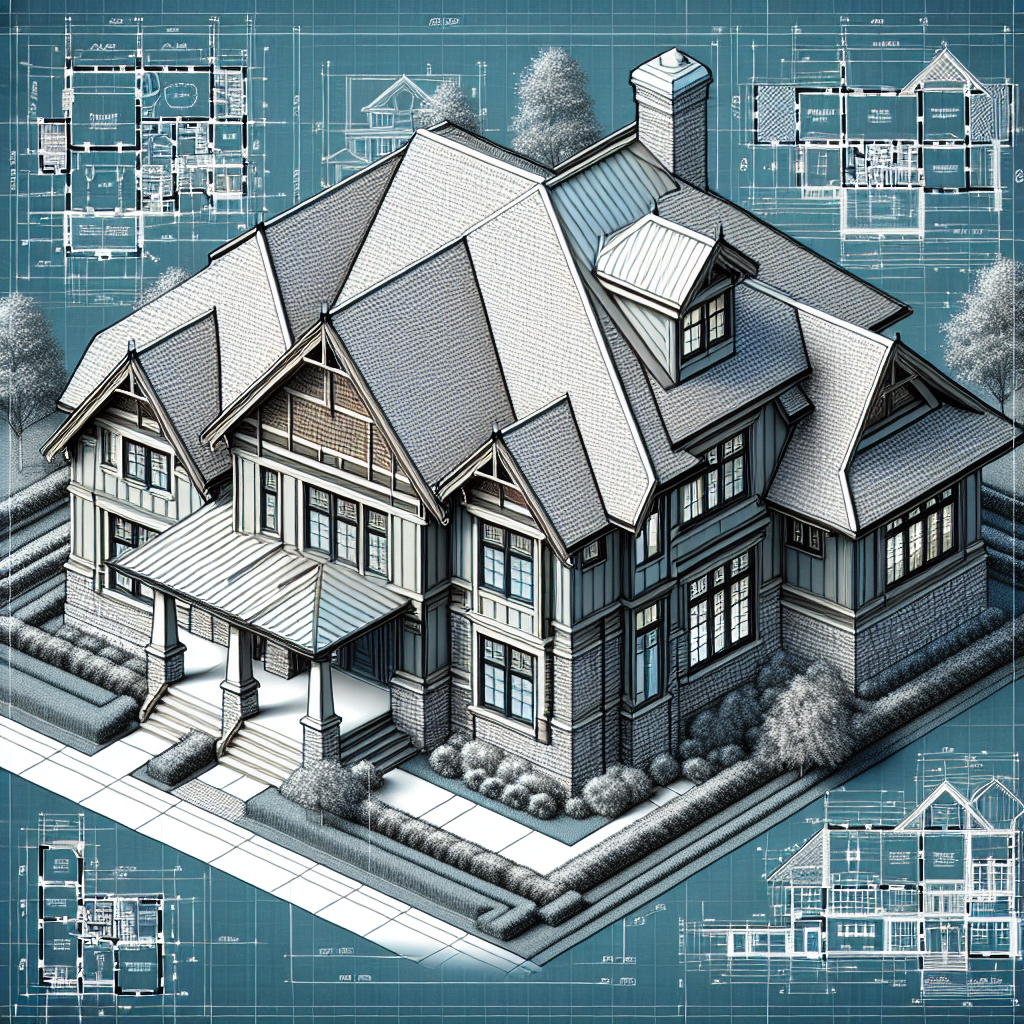Understanding Roof Slope: A Key Aspect of Your Home’s Protection
Have you ever noticed how some roofs seem to shed rain more effectively than others? It’s not just a lucky design—roof slope plays a crucial role in keeping your home safe and sound. For homeowners, especially as September brings the promise of storms, knowing the ins and outs of roof slope can make all the difference. This article will guide you through why roof slope matters and how to ensure your roof is up to snuff.
The Importance of Proper Roof Slope
The slope of your roof isn’t just for appearances; it’s vital for managing water runoff. A well-sloped roof prevents water from pooling, reducing the risk of leaks and costly roof repairs down the line. Did you know that roofs should ideally have a slope of at least 2:12? This means that for every 12 horizontal inches, a roof should rise at least 2 inches. If your roof isn’t meeting these guidelines, it could be an open invitation for trouble, especially during the rainy season. Consult with a licensed roofing contractor to assess your roof’s slope and ensure it meets industry standards for water drainage.
Selecting the Right Roofing Materials
The type of roofing materials you choose can affect its overall performance when it comes to slope. Shingle roofing, for instance, thrives with a steeper slope, while metal roofing can handle flatter designs. Each material has its pros and cons, impacting durability and aesthetic appeal. Imagine the texture of aged shingles contrasted against the sleek finish of metal roofing under a fall sunset—both have their charms, but the right choice depends on your home’s architecture and environment. Explore local roofing services to help guide you in making informed decisions about materials that suit both your style and functional needs.

